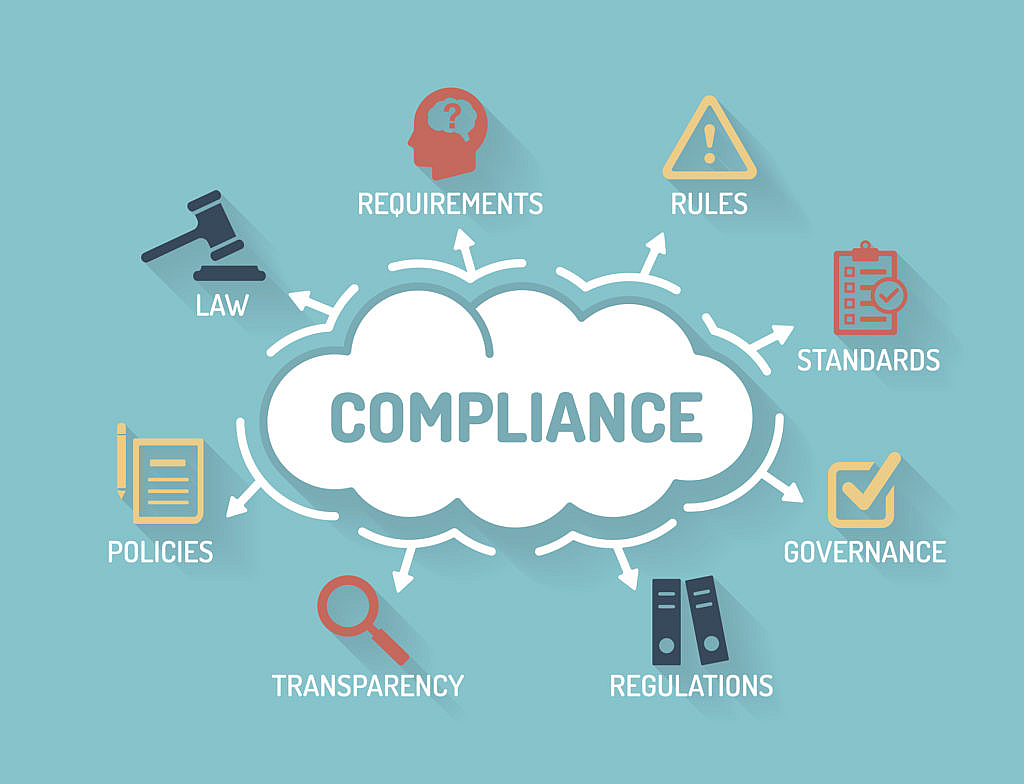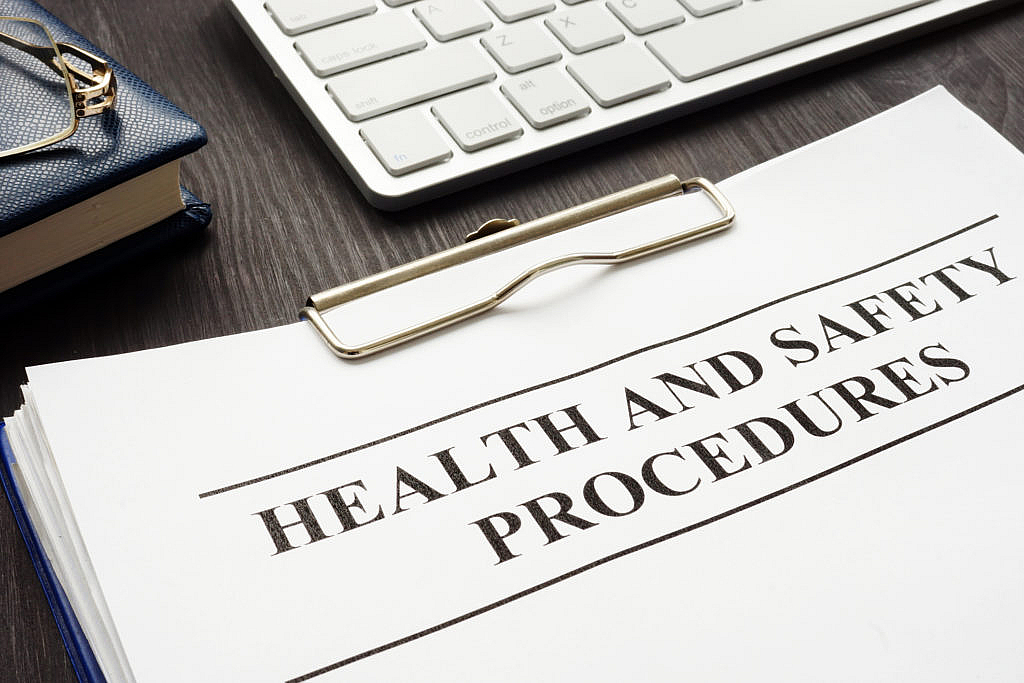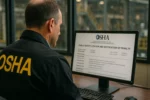To successfully survive an OSHA Audit, Companies must be vigilant and in adherencewith all required OSHA guidelines. OSHA conducts both scheduled and unscheduled inspections. Audits are prepared in advance. They concentrate on high-risk businesses and markets. Unplanned causes, such as deaths, serious accidents, and staff issues, trigger unscheduled inspections. OSHA is there to assist you with keeping your staff safe and to hold you responsible. Knowing what prompts an inspection will help you escape injuries that could result in an OSHA visit and will successful survival of OSHA audit inspection if one happens. Enrolling in the OSHA 10-Hour and OSHA 30-Hour online training program is advantageous for you since it provides workers with information about necessary terms and conditions for OSHA inspection and helps indicate and prevent potential site hazards.

Identifying what can provoke an OSHA inspection will help you foresee when one will occur at your plant. Underneath the category of “imminent risk,” the logical certainty that danger occurs that is likely to cause death or significant physical injury, OSHA has developed a set of goals focused on the “Fatal first” strategy.
- Disasters and Severe Accidents: Include any employee death or hospitalization of three or more workers.
- Staff Issues: Occur when workers believe they are at immediate risk, are threatened with physical injury, or are employed in an uncomfortable environment.
- High-Hazard Industry: OSHA has defined particular industrial areas as a high threat and has targeted them for an increased level of inspection.
- Follow-up audit: Checks to ensure that the issues cited have been eliminated.
Safety leaders should bear in mind that the bulk of OSHA visits are the result of an injury or a report. In reality, employee issues alone account for 70 percent of all inspections. Knowing this, employers should direct their attention toward encouraging workers to contact their own company officials for safety assistance rather than OSHA. This can be accomplished by inculcating employee confidence in the approach to safety issues.

Successfully Survive an OSHA Audit
Provide enough training and put in place an adequate protection policy. Unfortunately, many protection managers have insufficient resources and personnel to devote to this task. Outsourcing the burdensome facets of enforcement allows the protection officer to concentrate on ensuring a healthy working atmosphere rather than wasting time on activities like collecting amended MSDSs and keeping records. Make certain that all serious or deliberate regulatory breaches are detected and vigorously removed. Daily protection/adherence checks by experienced employees offer a framework for identifying hazards and show the company’s adherence to safety.
Create organizational complaint processes and make them available to all staff. In certain ways, these services can be used in combination with general protection worker’s education training. The aim is to foster goodwill between the organization and its employees. Staff is less likely to call the authorities if they think the organization is doing everything possible to ensure a safe workplace. Engage in an OSHA voluntary enforcement program. “These services are for businesses who haven’t had any protection issues,” OSHA promises not to conduct any surprise inspections in return for the company voluntarily implementing detailed adherence preparation and injury-reporting procedures. Participating in these voluntary schemes also enables employers to manage complaints internally.

What to Expect During OSHA Audit
During the audit, the auditor will usually request to see your required written program, training documents, proof of certification, chemical inventories (if applicable), MSDS, and OSHA 300 Log. The auditor can order copies of these and other records, which you must include. So, know where these records are stored and keep them in good condition. During the closing meeting, the auditor will go through any non-compliant requirements that have been found as well as any breaches on which you might be cited.
You will be able to provide records that demonstrate enforcement measures or that will assist OSHA in assessing the time required for hazard remediation. Since penalties are decided by the region, the inspector may not imply any potential penalties. You must take a copy of each summons obtained at or near the location where the misconduct happened. It must stay there for three days or until the breach is resolved, whichever is longer. Being vigilant during the audit and providing all data to OSHA can lead to the successful survival of the OSHA audit.
Conclusion
The OSHA Poster must be shown on staff bulletin boards by all employees. The poster, which can be downloaded from your nearest OSHA office, provides workers with detailed facts about their rights and responsibilities under the OSH Act. It is vital for every company to accommodate staff issues and take proper countermeasures right away. For a successful survival of an OSHA Audit, it is necessary for all companies to upkeep with all designated OSHA adherence training and incorporate safety checkpoints. In addition, if your workers are OSHA certified, you will likely have fewer inspections from OSHA since workers can perform their tasks correctly and maintain a safe work culture.











